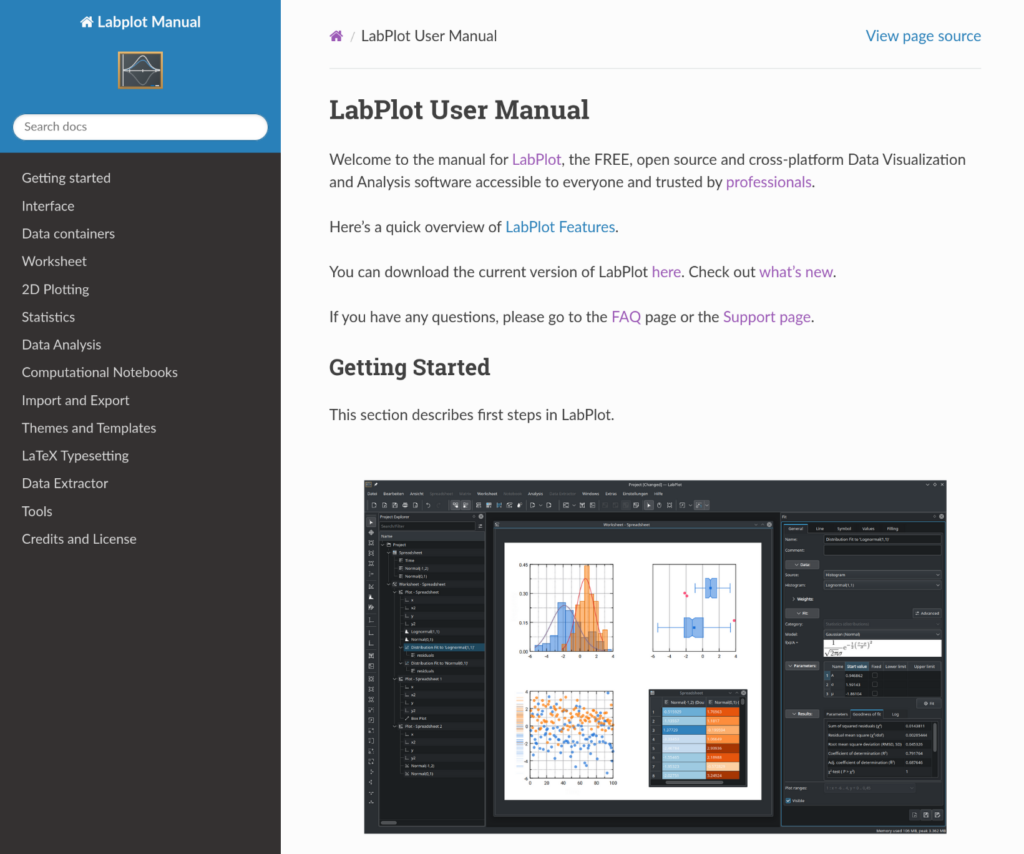Thursday, 2 January 2025
Whilst commit numbers aren't a perfect measure of anything whatsoever, they do still provide a good indication of whether a project is healthy or faltering. It's useful to keep an eye on them, and the start of the year is a good time to do that.
I like graphs, everyone likes graphs, they need no further introduction.
Frameworks
Plasma
KWin
Conclusions
My main reason for sharing is before I gathered some data I had a negative feeling about the community health, but none of the data backs it up and it was unfounded, it's hard to get a sense of the state of how the year has gone when you're busy living in it.
There was a bit of a boon last year with KF6/ Plasma 6.0 and this year did see a drop relative to that, but it's merely returning to the former average rather than being anything to worry about. The most important graph is how many new authors and contributors we're getting on a year-by-year basis. The number of total and new contributors is relatively consistent.
Things being unchanged and boring doesn't make for a good post title (hence the Youtube-level embellishing) but is a good place for such a large project.
The 3rd graph included is a measure of how many make up the bulk of commits. If this is 1, it means a sole dev is running the project and that's an unhealthy place to be if they ever leave. If it's too high it means there isn't a core team maintaining it. There's no "right" number, but I feel it's a really interesting metric, especially seeing what happened in Kwin.
About the stats
Graphs were generated from the same scripts used by Curl's dashboard (https://curl.se/dashboard.html). It doesn't have all the stats Curl has as each needed some manual poking to make it more generic.
Frameworks and Plasma stats were made by locally git filterbranching all repos into a mega-repo and using that as a base.











 @ivan:kde.org
@ivan:kde.org redstrate
redstrate



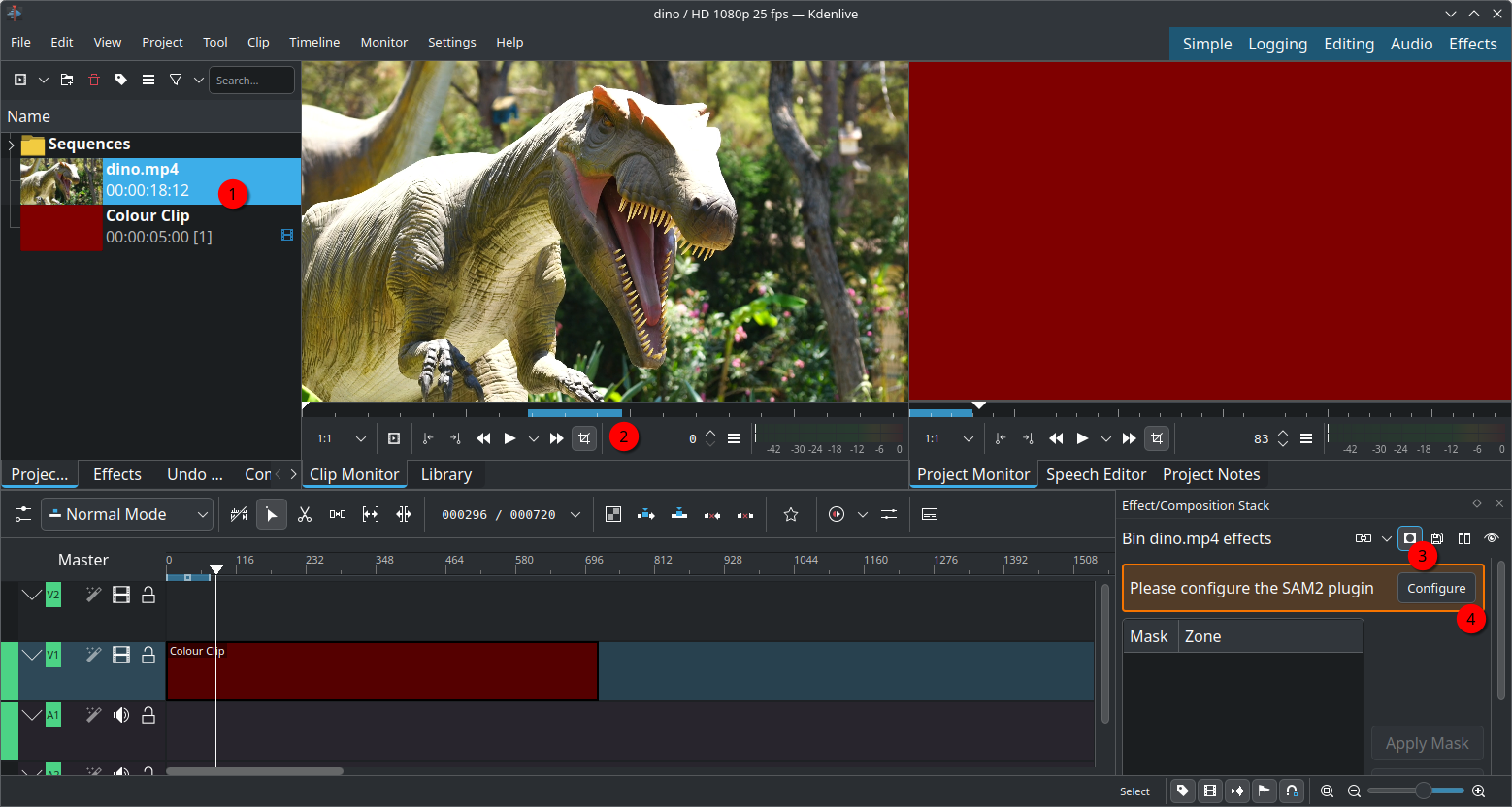
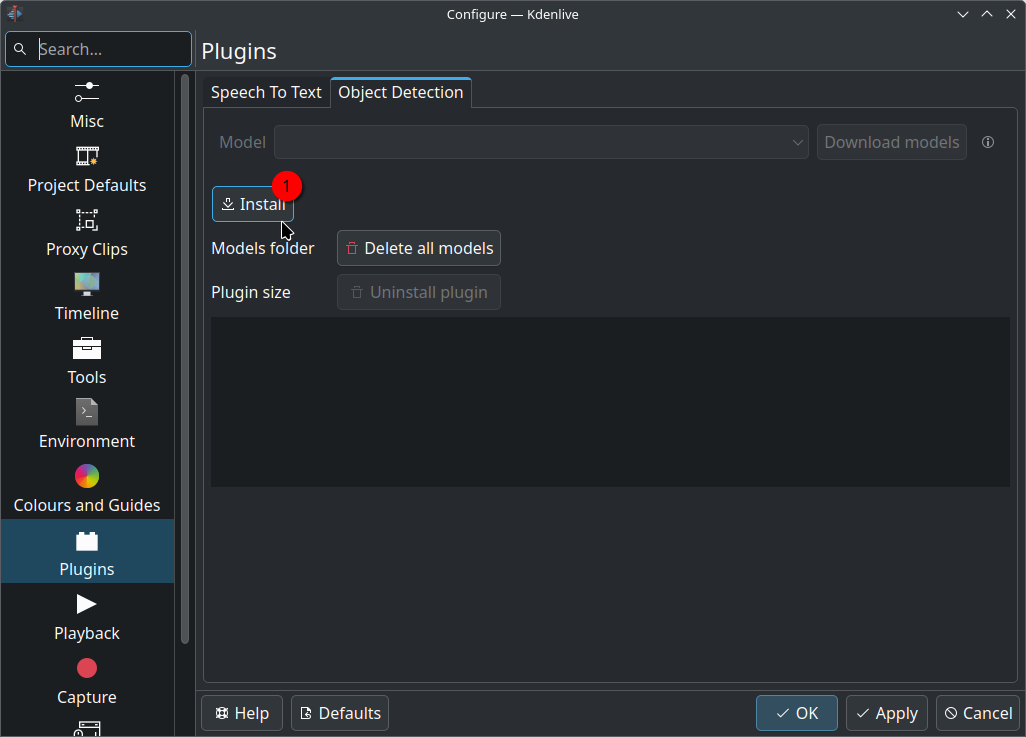
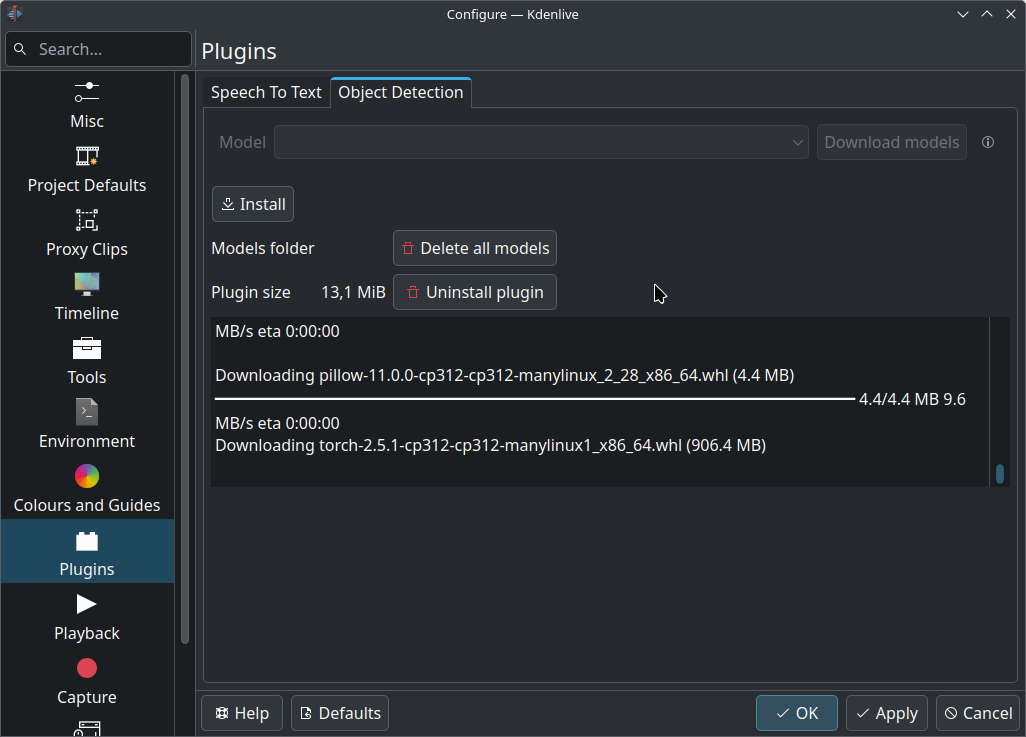
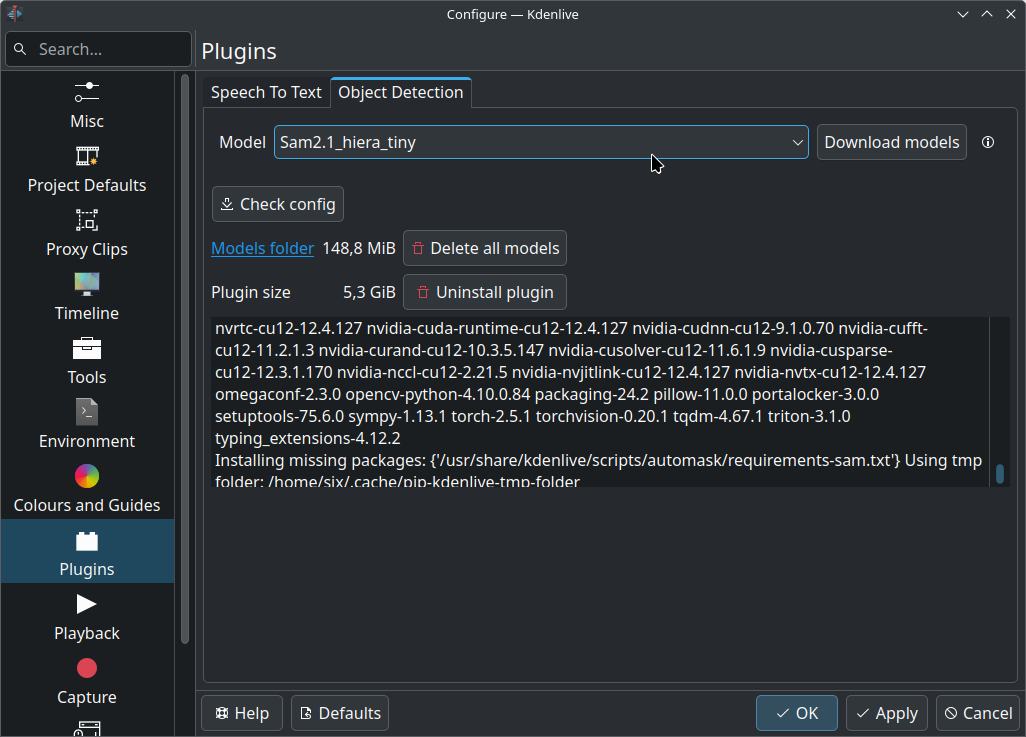
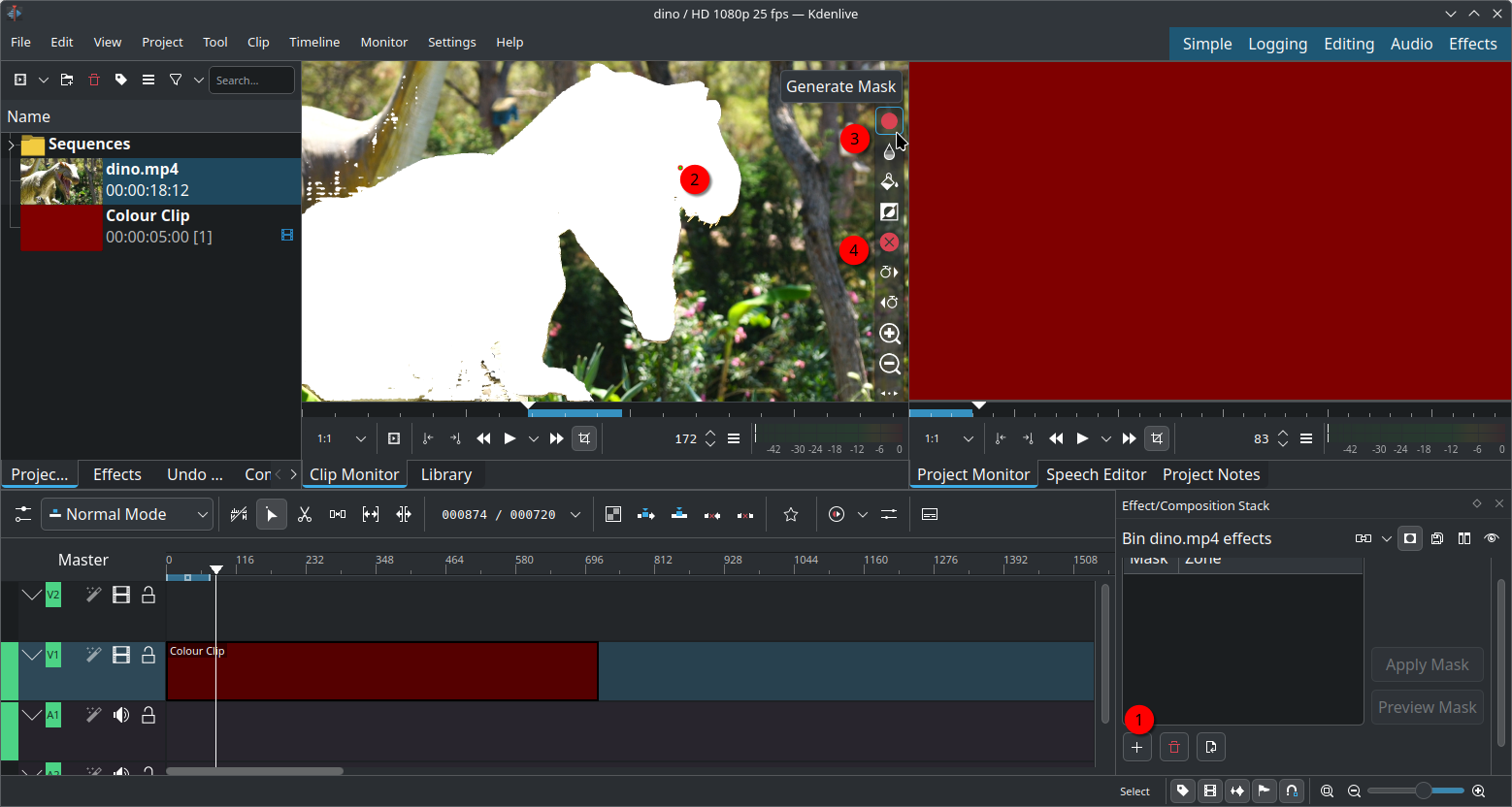
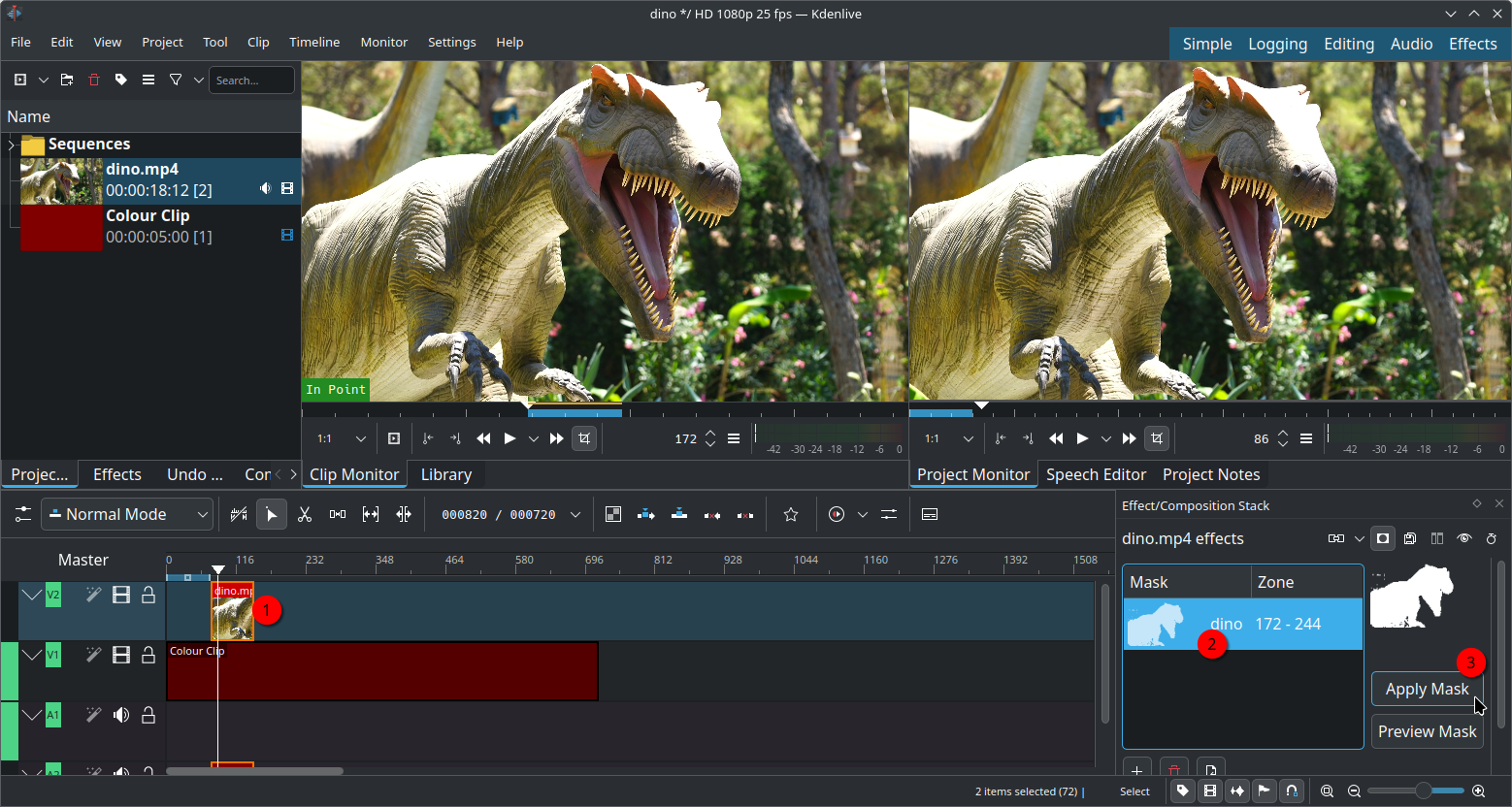




 GSoC
GSoC

